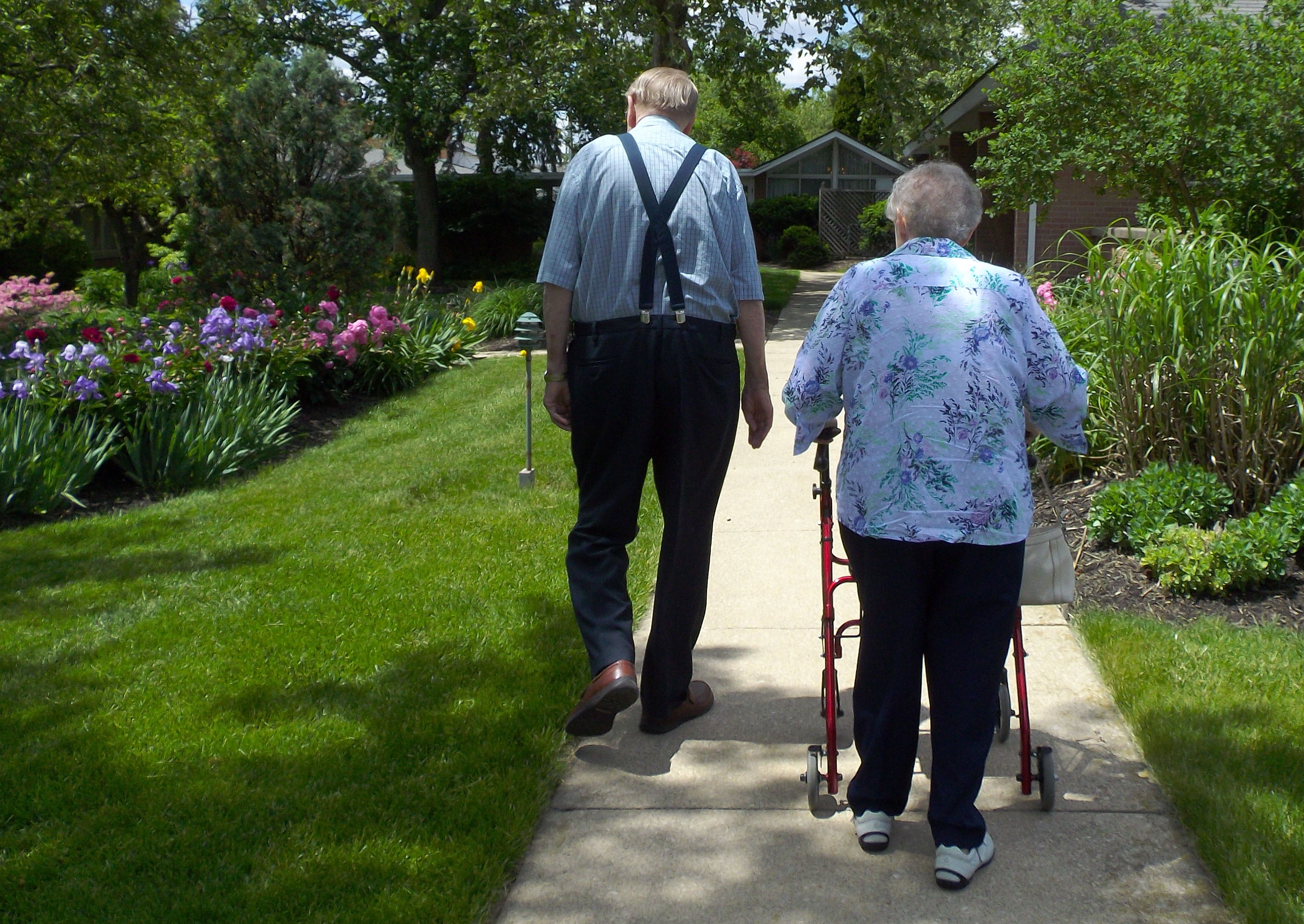Ben Spurr of the Toronto Star reports on the City of Toronto’s response to the fact that 37 of the 43 pedestrians killed in Toronto in 2016-a staggering 86 per cent-were seniors over 55 years. Mayor John Tory stated: It was the deadliest year for pedestrians in more than a decade, and also the worst year for older pedestrian deaths over that time. We must do more to prevent these deaths and to protect residents across the city. The number of people killed on our roads, pedestrians, every year, should be zero.”
That is great to hear as Toronto’s “Vision Zero” for pedestrian deaths originally meant a 20 per cent reduction in the next five years. It seems that Toronto wasn’t aware of what Vision Zero meant-as stated by the Swedish Vision Zero Initiative, “The Vision Zero is the Swedish approach to road safety thinking. It can be summarized in one sentence: No loss of life is acceptable. The Vision Zero approach has proven highly successful. It is based on the simple fact that we are human and make mistakes. The road system needs to keep us moving. But it must also be designed to protect us at every turn.”

Road deaths in Stockholm are now at low levels not seen since the 1950’s.
Toronto’s approach has been to create what they are calling “senior zones”on 12 intersections where seniors have been maimed and killed. Speed limits are being reduced 10 km/h to 40 km/h, “seniors safety signage” will tell drivers to slow down, pavement markings and longer pedestrian crossing times will be programmed. Red light cameras will also be installed.
Lowering the speed fractionally for a street as opposed to a slower speed for a larger area and not changing the design of the street to physically slow cars seem to be pretty conservative changes.The City is installing its first ever road safety program after a horrifying loss of life. Time will tell if the baby steps of signage and police regulation will be enough to mitigate the speed and driver behaviour killing and maiming older walking Torontonians. Road design changes for visibility and slower speeds as well as massive behavioural change for vehicle drivers may be necessary. Here’s hoping their approach works.



